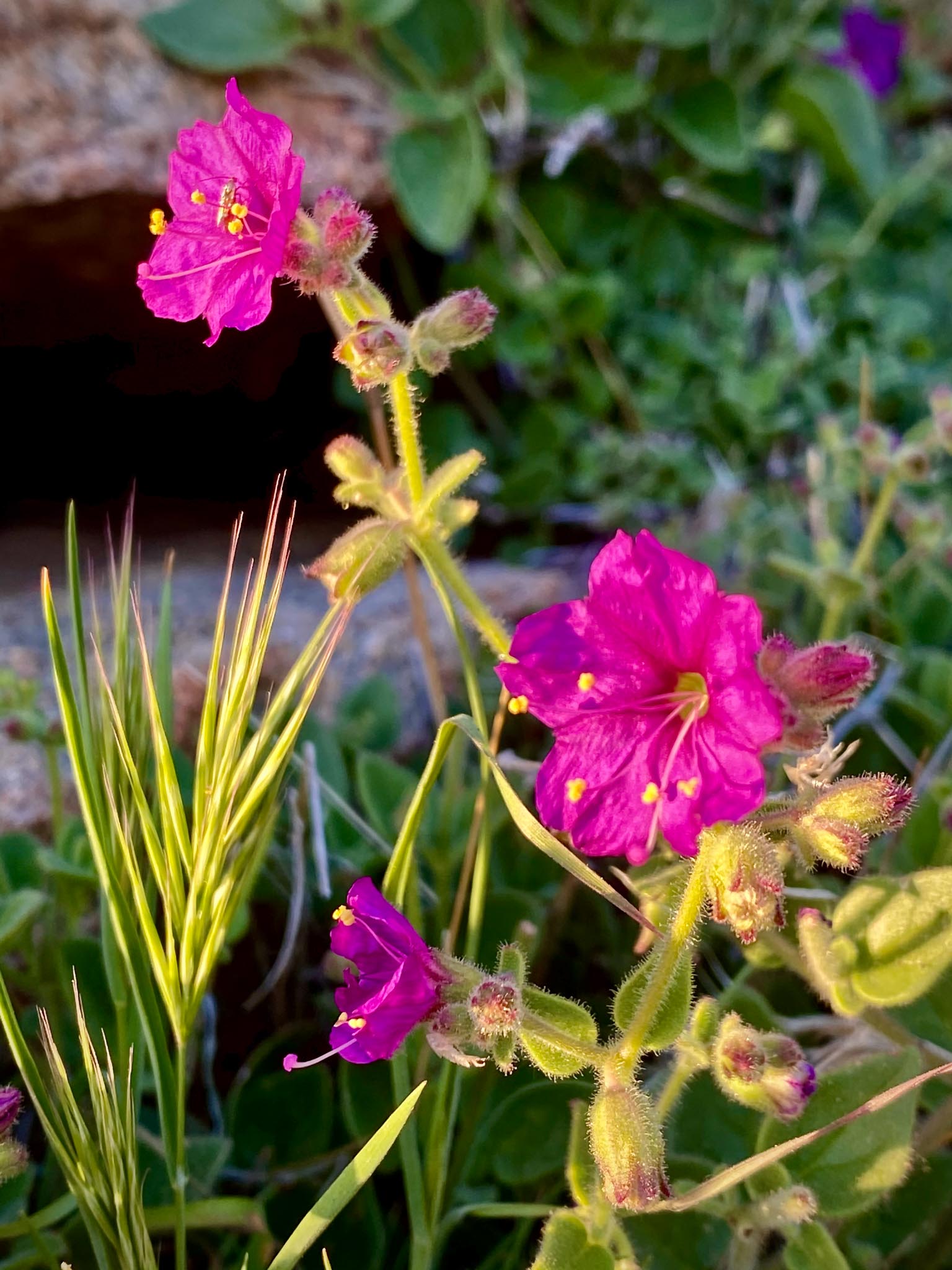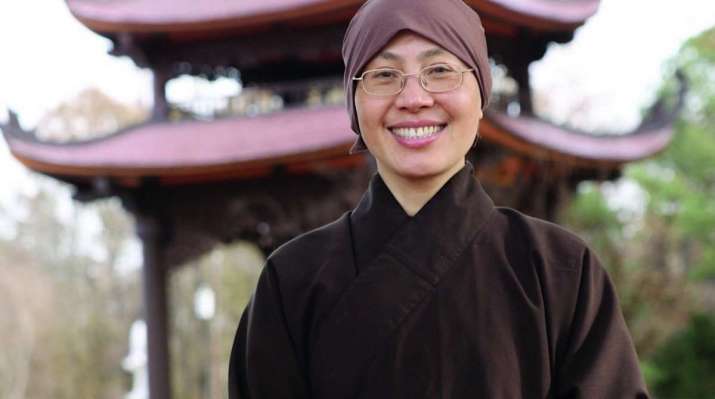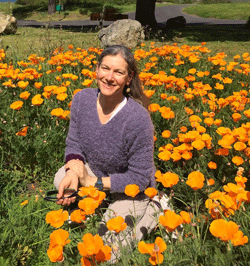
Hello Deer Park Community and Sangha,
I hope you all are doing well during this uneasy period. I am writing in reference to perhaps an unusual issue I have had in recent months, when trying to explain in a succinct way the concept of anatta (no abiding essence) to close friends and family. As such, I have come to doubt the validity of my own conception of this revelatory truth. I suppose I am asking if it is a worthy endeavor to try and explain such a truth if you do not fully understand it yourself (?), since I have had little in the way of formal, engaged Buddhist instruction besides long spells at the local library!
I thank you with a truly grateful heart for all you do for us and for your patience regarding this query.
Patrick in Florida
Answer from Sister Dang Nghiem:

Dear Patrick,
With regards to this question about anatta, here is the definition from Encyclopaedia Britannica:
Anatta, (Pali: non-self or substanceless) Sanskrit anātman, in Buddhism, the doctrine that there is in humans no permanent, underlying substance that can be called the soul. Instead, the individual is compounded of five factors (Pali khandha; Sanskrit skandha) that are constantly changing.
In the Plum Village tradition, we translate it as non-self. Thay often uses the example of the flowers to illustrate non-self. Flowers are made of non-flower elements, including water, sunshine, the soil, the weather, the gardener, the florist, etc. Without these elements, no flower would manifest.
A person is also made up of all elements except the self, including parents, human ancestors, plant ancestors, animal ancestors, water, sunshine, food, education, life circumstances, etc. The body is constantly changing. Thoughts and feelings are in constant flux. Only our notion of a separate self imprisons us and holds us apart from everything that is.
Thay also has said, “To be is to interbe.” This is non-self. We can practice non-self by observing how our body is sustained moment to moment and day to day by innumerable factors. We can observe how our interactions with others affect us and vice versa. We can notice the river of thoughts and feelings, breathe and smile with them.
Being in nature can help us touch oneness with all that is. Being with the breath can help us experience that there is only the breathing, and there is no breather. All of our mindfulness practices actually help us unite our body and mind in the present moment, so that we can be in harmony from within as well as from without. Being instead of thinking or doing can help us gradually remove the boundary between “I” versus “you” versus “other.”
Neuroscience talks about the left brain as being critical, judgmental, and constantly separating itself from others and the world, but the right brain has no boundary; it is spacious and silent and peaceful. The TED Talks presentation called “My Stroke of Insight,” by neuroanatomist Jill Bolte Taylor, best illustrates this point.
It is our false sense of self that creates individualism, separation, judgment, and discrimination of the other, which leads to much violence and suffering in the world. As we practice to see that the self is made of non-self elements, we can be more inclusive, compassionate and embracing of our human fellows as well as the animals and plants.
Answer from Dharma teacher Karen Hilsberg:

Dear Patrick,
We are all doing well and using this opportunity to practice intensively while the monasteries are closed to the public. We have been experimenting with offering online retreats in addition to weekly, virtual talks and practice sessions from all of our monasteries.
Thanks so much for this great question. Buddhist concepts like anatta, which in our PVCEB tradition we would refer to in English as no separate self, is a very important idea. As our teacher Thich Nhat Hanh teaches, no one thing is separate from every other thing. In other words, all things are interconnected and can be found in everything else. We call this interbeing.
Based on my experience, I have found my own personal mindfulness practice is the most important method to access the teacher within. My practice includes sitting meditation, walking meditation, eating meditation and mindfulness in everyday life, as Thay describes in his classic book, Peace is Every Step. What has really helped me to deepen and sustain my mindfulness practice over the decades is a local sangha. A sangha is a group of friends that gathers together weekly to practice sitting, walking, studying the teachings and mindfulness trainings and dharma sharing. A sangha can help us to learn from our own experiences and from one another.
The Buddha and Thay teach us that we all contain the nature of awakening within us, and we can activate or realize this in ourselves by practicing mindfulness—which is made up of stopping and deep looking. Once we establish a mindfulness practice and have the opportunity to practice in a sangha, we can come to understand the important teachings of the Buddha through our own observations, insights and personal experiences. This kind of wisdom is more important and more profound and more useful than the knowledge we can gather at the local library. (I say this as a lover of libraries!)
During this year of COVID, most sanghas are meeting online using Zoom. While practicing on Zoom is not the same as being there in person, it opens up many opportunities to join established sanghas that are practicing all over the world. You can find sanghas practicing worldwide in our tradition at www.mindfulnessbell.org under the tab Community.
Thay encourages us to live and practice as a Buddha rather than try to talk about or teach about the ideas of Buddhism. He teaches us to learn and see for ourselves. I encourage you to find a sangha that you feel comfortable with and to attend regularly. Being with other practitioners on the path will strengthen your practice and help you understand interbeing in your own life.
Good luck!
Karen Hilsberg, True Boundless Graciousness

One response to “What does non-self mean?”
Dear Patrick, I can relate to your question. I’ve struggled with how to explain these things to my family and friends too. For my family, it’s important for me to not be too “mystical” about it. With my family, the simplest way to explain is to explain interbeing in terms of those very family relationships. I wouldn’t exist without my parents, of course. But I couldn’t be a father without my son and daughter. I couldn’t be a husband without my wife. I can’t be a friend without someone to be friends with. I couldn’t be who I am today without the millions of ways each of them have interacted with me over the years — and vice versa! In other words, who I am is very much dependent on my family and friends. I wouldn’t be myself — I wouldn’t even exist in the same way, or maybe at all — without them. And that dependence goes both directions. I don’t have to use words like non-self or anatta, I can just use interdependence or even interbeing.